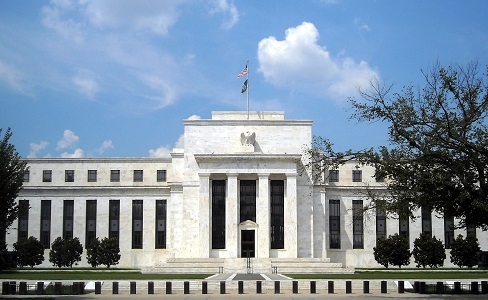Stricter rules on SFTs may foster move towards central clearing

Tougher regulation of non-centrally cleared securities finance transactions (SFTs) would spark a greater adoption of central clearing, European regulators said this week.
Following the 2008-09 financial crisis areas of the market, particularly OTC derivatives, have been funneled through CCPs, which sit between buyers and sellers in a trade to mitigate the impact of a counterparty default.
Up until now though, central clearing of securities lending and borrowing arrangements has remained minimal despite the OCC's efforts in the US and Eurex Clearing's work in Europe.
But plans for a new framework for margins and haircuts on non-centrally cleared SFTs may change that.
In finance, a haircut is the difference between the market value of an asset used as loan collateral and the amount of the loan.
Margins are considered a form of insurance that involve a transfer of cash or securities to collateralise exposures.
Global regulators, including the Financial Stability Board (FSB), are looking at introducing minimum margins and haircut floors on both centrally cleared and non-centrally cleared derivatives and SFTs.
Last month Vítor Constâncio, vice-president of the ECB, said he viewed the changes as an “essential reform” to enhance the resilience of the financial system.
This week ESMA suggested that SFTs lead to a build-up of leverage that could threaten financial stability.
The European Systemic Risk Board (ESRB) agreed, adding that a build up of SFT leverage played a role in the run-up to the global financial crisis.
“A large majority of ESRB members believe that it is important to consider incentives to promote the central clearing of transactions,” ESRB officials wrote in a response to ESMA.
“Stricter regulation of non-centrally cleared SFTs that would be eligible for central clearing, including haircut floors that are higher compared with equivalent transactions that are centrally cleared, may foster central clearing of SFTs in the EU.
“A large majority of ESRB members believe that this could be beneficial for financial stability in the EU."
ESMA has noted that such plans can only be introduced and calibrated following a thorough analysis using granular SFT data.
Such data is set to be collected in 2018 under the new SFTR reporting rules.
ESRB also highlighted this week that numerical floors are not intended to dictate haircut levels to market participants.
Instead, they are designed to act as backstops that encourage market participants to determine their own haircuts above the minimum floors in accordance with standards proposed by the FSB.
In practice, however, the ESRB expects that counterparties in non-centrally cleared SFTs would conduct transactions above the numerical haircut floor or collect minimum margin amounts consistent with system-wide levels and practices.
Found this useful?
Take a complimentary trial of the FOW Marketing Intelligence Platform – the comprehensive source of news and analysis across the buy- and sell- side.
Gain access to:
- A single source of in-depth news, insight and analysis across Asset Management, Securities Finance, Custody, Fund Services and Derivatives
- Our interactive database, optimized to enable you to summarise data and build graphs outlining market activity
- Exclusive whitepapers, supplements and industry analysis curated and published by Futures & Options World
- Breaking news, daily and weekly alerts on the markets most relevant to you




